Discover the Cultural Heritage Surrounding Selous National Park
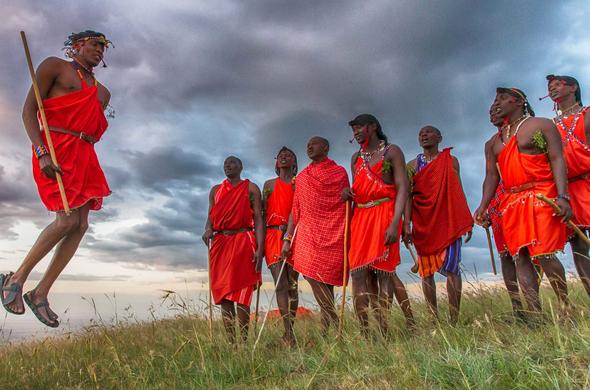
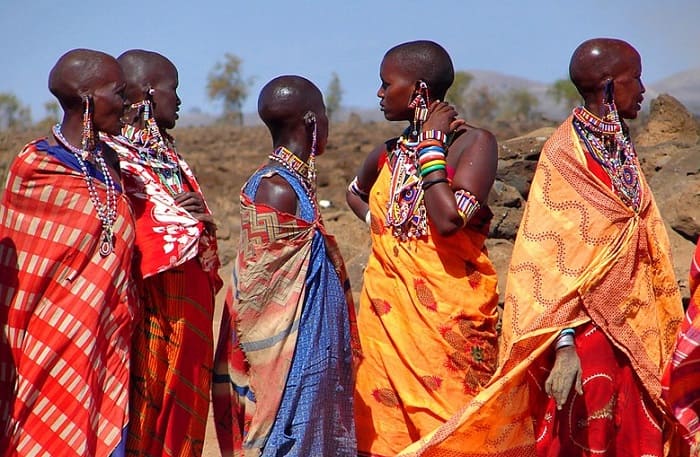
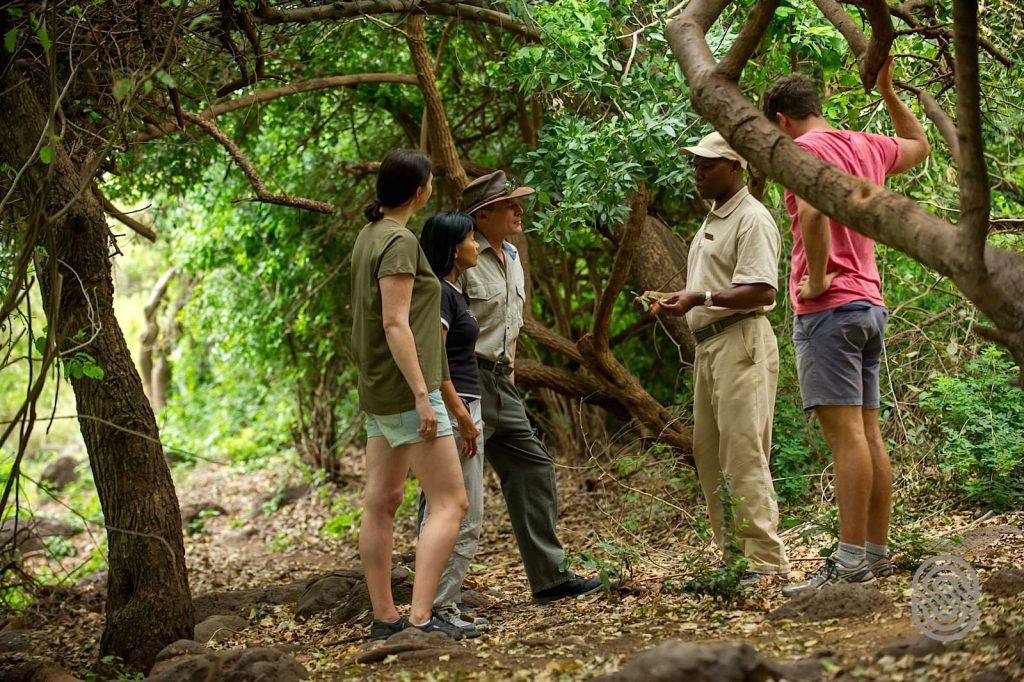
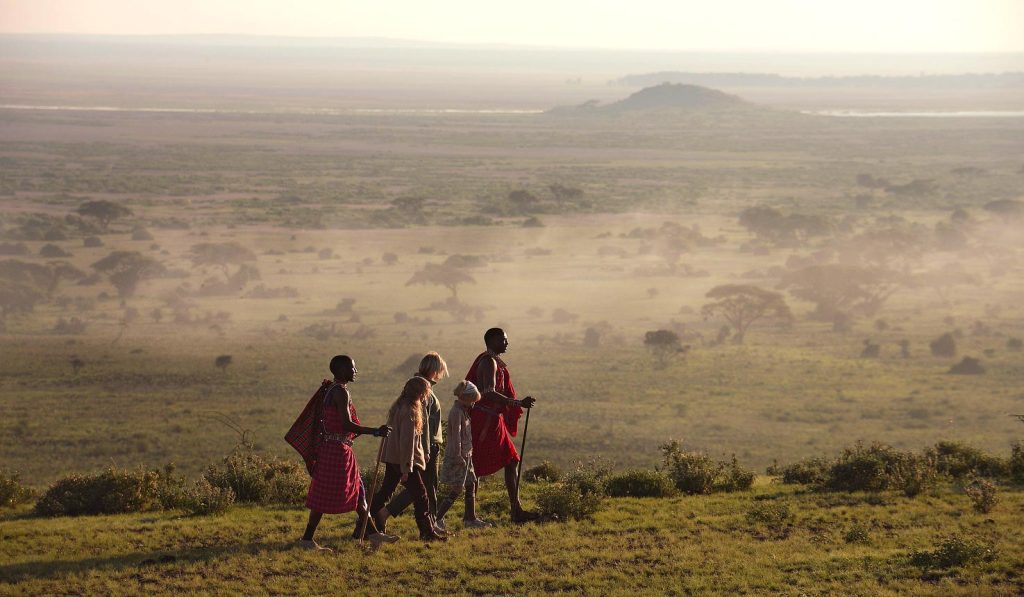
Introduction
Selous National Park, while renowned for its stunning wildlife and natural landscapes, is also surrounded by a rich cultural heritage that offers visitors unique insights into Tanzania’s diverse traditions and history. Exploring the cultural heritage surrounding Selous adds a meaningful layer to any safari experience, allowing travelers to engage with local communities, understand traditional ways of life, and gain a deeper appreciation for the region’s cultural and historical significance.
The Communities Near Selous National Park
- The Maasai People The Maasai, one of Tanzania’s most well-known ethnic groups, live in communities near Selous and embody a unique cultural heritage with their distinct dress, language, and customs. The Maasai are known for their deep connection to nature and livestock, which plays a central role in their daily lives. Travelers visiting the area can experience Maasai culture firsthand by joining village tours, learning about traditional crafts, and witnessing ceremonies and dances.
- The Hehe and Bena Tribes The Hehe and Bena tribes have lived in southern Tanzania for centuries, with a history rooted in resisting colonization and preserving their customs. These communities are known for their traditional dances, music, and crafts, which they often share with visitors. Engaging with the Hehe and Bena allows travelers to learn about traditional medicinal practices, agricultural techniques, and spiritual beliefs that have been passed down through generations.
- The Swahili Culture The Swahili culture, prevalent along the East African coast, extends into the regions around Selous National Park. Swahili culture is characterized by its unique blend of African, Arab, and Indian influences, reflected in language, cuisine, and architecture. Visitors can explore local markets and sample Swahili dishes, such as pilau (spiced rice), mishkaki (grilled meat skewers), and fresh coconut-based dishes. This cultural immersion allows travelers to experience the warmth and hospitality of the Swahili people.
Traditional Arts, Crafts, and Music
One of the best ways to experience the cultural heritage surrounding Selous is through traditional arts, crafts, and music. Local artisans are skilled in beadwork, pottery, and weaving, and they often sell their creations at local markets and near the park’s lodges. Many of these crafts are deeply symbolic, with patterns and colors that represent specific cultural stories or beliefs. Visitors may also have the chance to watch or participate in traditional drumming and dancing, integral parts of celebratory events and ceremonies.
Historical Significance of the Selous Region
The Selous region holds significant historical value in Tanzania’s history, especially during the colonial period. The reserve itself is named after Frederick Selous, a British explorer and conservationist. Learning about the region’s history, including the local resistance to colonial rule, offers a deeper context to the culture and pride that Tanzanians have for their land. Guides from local communities often share stories and historical insights, enhancing the visitor experience and providing a greater understanding of the area’s past.
Visiting Cultural Heritage Sites Near Selous
- Mloka Village Mloka Village, located near Selous, is an excellent place to immerse in the daily life of local communities. Visitors can interact with residents, learn about traditional farming practices, and explore community-led conservation efforts. This village visit provides insight into how locals balance preserving their customs while coexisting with the nearby wildlife.
- Kilwa Kisiwani Ruins For those interested in ancient history, the Kilwa Kisiwani ruins, a UNESCO World Heritage Site located on Tanzania’s coast, provide an exceptional experience. While a bit farther from Selous, Kilwa Kisiwani was once a prosperous city-state and trading hub, where African, Arab, and Persian cultures met. Visitors can explore the ruins of mosques, palaces, and fortresses, gaining a unique perspective on the region’s historical significance.
Engaging in Community Tourism
Many community-based tourism initiatives around Selous are designed to benefit local people while giving visitors a rich, immersive experience. Through these programs, travelers can participate in cultural exchanges, enjoy homestays, and join educational tours that showcase the daily lives of the people around Selous. These experiences allow locals to share their culture directly while helping them benefit from sustainable tourism, which reduces reliance on natural resources and supports local development.
The Role of Local Food and Cuisine
Local cuisine is a central part of the cultural heritage surrounding Selous and offers a unique culinary experience. Meals are often based on locally grown ingredients and traditional cooking methods, allowing visitors to savor the authentic flavors of Tanzanian food. Staple dishes include ugali (a maize-based porridge), nyama choma (grilled meat), and a variety of stews and vegetable dishes. Dining with locals or at community-owned lodges enables visitors to enjoy these dishes and learn about their cultural significance.
Preserving Cultural Heritage Through Sustainable Tourism
Sustainable tourism initiatives in Selous aim to protect both the natural and cultural heritage of the region. Through community involvement and eco-friendly practices, these efforts ensure that local traditions and the environment remain intact for future generations. Lodges and camps near Selous often incorporate locally made furnishings, artwork, and crafts, showcasing regional artistry while supporting local artisans. These practices contribute to the preservation of cultural heritage and foster a sense of pride among the local communities.
Tips for a Cultural Heritage Experience at Selous
- Engage with Local Guides: Opt for local guides who offer insights into both the wildlife and the cultural heritage of the area.
- Participate in Village Tours: Visit nearby villages to learn about traditional lifestyles, crafts, and agricultural practices.
- Respect Local Customs: Understanding and respecting local customs, dress, and etiquette is essential for a positive experience.
- Support Local Artisans: Purchasing handmade crafts directly from local artisans supports the community and promotes the preservation of traditional arts.
- Explore Local Cuisine: Try traditional dishes and learn about their ingredients and cultural significance.
Conclusion: A Rich Blend of Nature and Culture
Exploring the cultural heritage surrounding Selous National Park adds immense value to any safari adventure. Beyond the wildlife and scenic landscapes, the surrounding communities offer stories, traditions, and a unique way of life that enriches the travel experience. By engaging with the local culture, visitors not only gain a deeper appreciation for Tanzania’s heritage but also contribute to the sustainability of these communities, fostering a positive impact that lasts long after the safari ends.

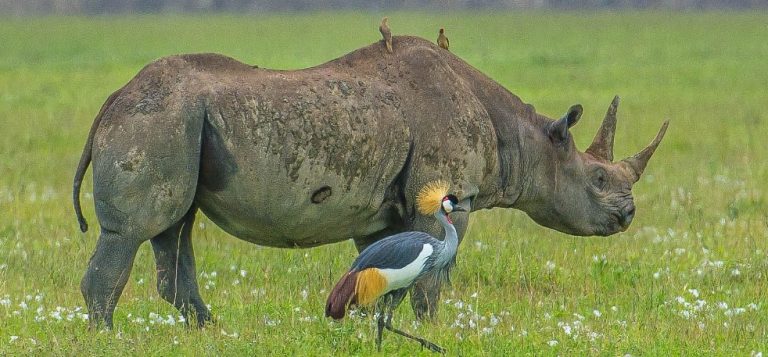
One Comment